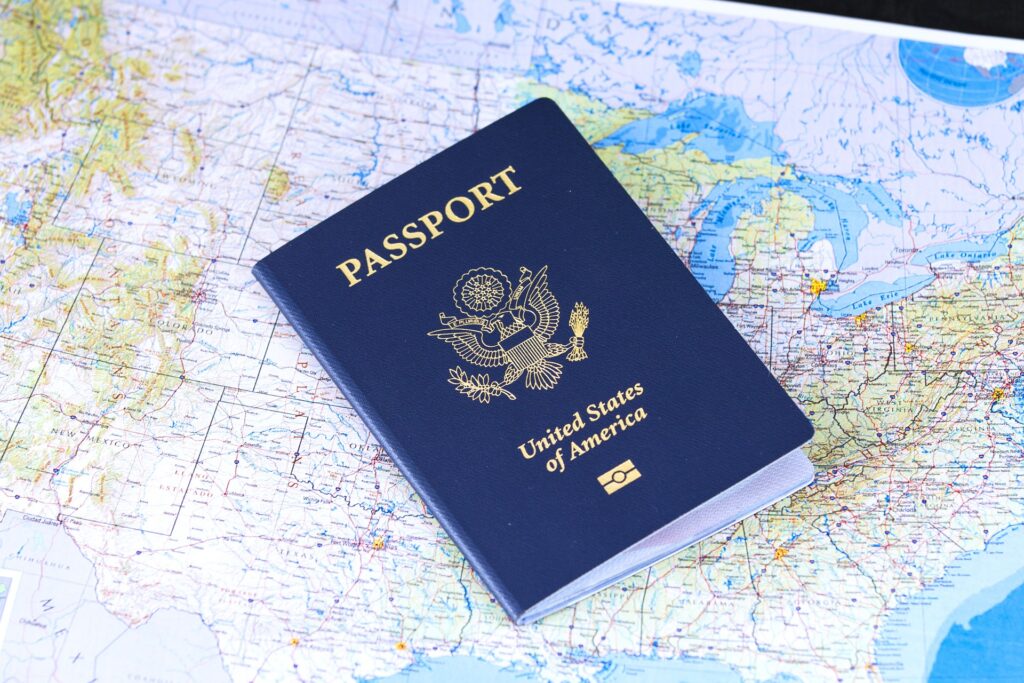Given that nursing homes increased their reliance on immigrant certified nursing assistants (CNAs) with positive outcomes for care quality during the pandemic, researchers in the space are reiterating the need for a policy change to get more immigrant CNAs into skilled nursing.
The most effective policy solution that could help nursing homes get more immigrant CNAs is by creating a new visa category for foreign direct care workers, said Hankyung Kate Jun with Harvard University.
Jun and fellow Harvard researcher David Grabowski are lead authors on a latest study published in Health Affairs, which delves into immigrant CNAs and the nursing home sector. Jun was on hand to discuss the topic in depth during a webinar held Tuesday.
With an increasing number of aging U.S. residents, creating pathways for foreign-born CNAs and fast tracking visas by issuing them through opening up different visa categories may help address a dire shortage and provide legal opportunities for immigrants seeking entrance to this country, Jun concluded.
The study measured the impact of immigrant nurses on antipsychotic use, falls risk, weight loss and pressure ulcers, with favorable results in all categories. Moreover, the researchers also noted the staying power of foreign-born CNAs relative to the native born ones. Increasing the numbers of immigrant CNAs is likely to improve the stability of the direct-care workforce, researchers concluded.
The share of immigrant CNAs increased in most states between 2000 and 2021, Jun said, but there was a wide variation across states. During pandemic years, this increase was largely due to foreign born CNAs remaining in the workforce while native born CNAs left their positions.
More immigrant CNAs were also associated with more direct care staff hours per resident and better nursing home quality performance, something to keep in mind especially considering the looming CMS minimum staffing mandate and changes slated for the value-based purchasing program.
The findings
Between 2010 and 2021, the number of native-born CNAs working in nursing homes decreased 39% while foreign-born CNAs increased from 16.5% in the 2010s to 19.1% during the pandemic.
Looking from state to state, the share of foreign-born CNAs ranged between less than 1% in West Virginia to more than 70% in Hawaii, according to the study. Jun said the study also divided states into three groups based on the share of immigrant CNAs.
“The difference between states in the low share group and states in the high shere group was extremely large; we can see that there was around a 10-times difference,” said Jun.
During the pandemic, for low share states, only 4% of the CNA workforce were immigrants while in high share states, it was around 40%, she said. Nearly half of the CNA workforce was made up of immigrants in states with the highest share of CNA immigrants.
Staffing shortages observed during the pandemic would have been worse if not for foreign-born CNAs remaining in the workforce, the researchers noted.
Jun and Grabowski used six measures which typically represent quality: average direct care staff hours per resident day, the summary score of the Patient Health Questionnaire-9 (PHQ-9), percentage of residents who had recently fallen, percentage of patients with weight loss, those with new stage 2 to 4 pressure ulcers, and inappropriate use of antipsychotics.
“Nursing homes with poor staffing levels tend to over utilize antipsychotics to minimize staff supervision,” noted Jun of the antipsychotic measure.
A model for better policy
During the webinar, Jun mentioned Canada’s fasttrack system in place for bringing in health care workers, which was adopted during the pandemic. It’s not only for direct care workers, but for all health care workers in general, she said.
Canada is allowing foreign educated health care workers to come into their country at a faster pace, she said – something similar is needed in the U.S. Jun reiterated what SNN has heard before: the U.S. immigration system has a huge backlog right now of people waiting on their visas. There should be ways to expedite the process for sectors under a time crunch, like skilled nursing.
“Most employment visas in the United States are reserved for high-skilled workers. When I say high skilled, I mean, immigrants who went to college in the United States or those in specific occupations,” said Jun. “There aren’t really employment visas for direct care workers. Most immigrant CNAs are on a family visa.”
If there was a temporary or permanent visa for foreign direct care workers, it could help a lot of immigrants come in legally to work in the nursing home sector, she said.
More visas for certain states or areas of the country could help nursing homes meet staffing requirements, Jun said, while other options could include creating pathways to obtain permanent residency status, or a green card.
“That will also provide incentives for immigrants to come into the nursing home sector,” said Jun.
Immigrant CNAs included in the study were from Caribbean countries, along with countries in Central America and Africa, Mexico, and the Philippines, Jun said. Compensation policies are needed alongside immigration policy, added Jun, to ensure fair compensation and benefits are available to immigrant CNAs.
Other reports found that immigrant staff earn less wages and many aren’t getting any benefits, Jun said. Immigrant CNAs also often aren’t involved in unions, she said.
“There could be a lot of monitoring systems that look into whether [immigrant] coworkers are treated unfairly … there should be a national level policy on this,” said Jun.



